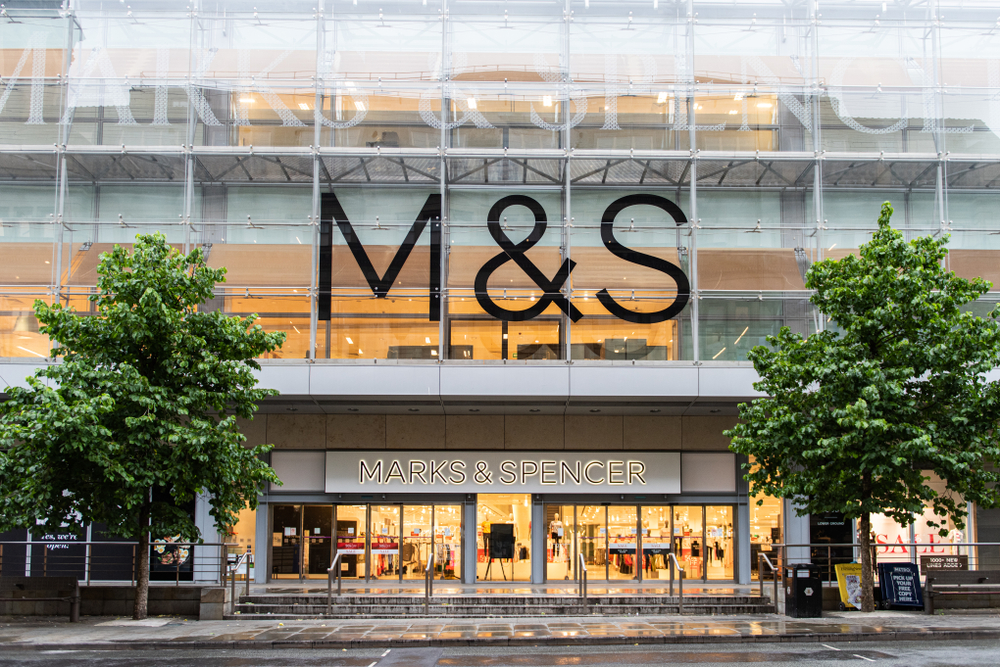Consumer expectations and willingness to spend online during the Christmas peak season are higher than ever before according to the 2009 Consumer eTail Report from GSI Commerce.
A quarter of people are willing to spend more than £1,000 on a product online this year, compared with just 12% in 2008, the research found, and there has also been a reduction in the number of consumers who claim they will cap their spending at £250 or less per product (32% in 2009, compared to 48% last year).
The data also revealed a widespread apathy to the prospect of purchasing through social networks. The report identified and asked users of social networking sites whether they would be willing to purchase products directly through sites such as Facebook, MySpace and Bebo — only nine per cent claimed that they would be likely to do so, with 28% saying that they would be positively unlikely to do so.
“Although some retailers, such as 1-800-Flowers in the US, are beginning to launch transactional stores on social networks, features such as these will fail to make a significant sales impact in the short term,” says GSI’s Steve Davis. “Social networks are fantastic forums to listen and engage with your customers but, as the data reveals, at the moment, in the vast majority of cases, they are simply inappropriate for transactional interactions. While there is no doubt that incorporating features like these will result in a corporate PR benefit to a retailer, the question they need to be asking is not ‘what cool stuff can we add to our store’ but ‘where can we add value for our customers’.”
Traditional direct marketing and merchandising tactics continue to be most effective in engaging consumers to purchase with 63% claiming email promotions would be most likely to provoke them to make an impulse purchase and 47% citing limited time offers.
The research also revealed that 75% of consumers claim a lengthy registration process would be the factor most likely to make them abandon an online purchase, more than twice as many as in 2008 (33%). Almost half (45%) also cited being shown irrelevant information and 38% cited a multiple page payment process, compared to 8% in 2008.
“Consumers are far less tolerant of poor usability and layout,” Davis explains. “Retailers need to employ thorough usability and eye-tracking tests well before the peak season. Sometimes it’s as simple as taking three strangers, locking them in a room, and giving them £50 to purchase some merchandise on your sites. Watch the experience; ask them to talk you through it. You’ll be shocked at how many opportunities you have to simplify and enhance your shopping experience.”
Consumers are also demonstrating a notably increased demand for multichannel shopping options, the research found, with the amount of people claiming their decision to purchase would be positively influenced by the option to buy online/pick-up in store rising from five per cent in 2008 to 29% in 2009.
The report also reveals that, if faced with the choice between a product offered at the same price in two stores this Christmas, 94% of consumers claim free delivery would be the single most important factor in their decision to make a purchase — a substantial increase from 68% in the same period last year. The ability to choose a specific delivery time was the second most important factor with 45% of consumers claiming that it would sway them to purchase, a rise from 16% in 2008.
Fulfilment and returns management are now also explicitly tied to the potential for repeat sales. When asked what would be most likely to deter them from making a repeat purchase from a brand, almost seven in ten (68%) cited late delivery, an increase from 28% in 2008. Similarly, 76% cited an expensive and lengthy returns or refund procedure, a rise from 33% last year.
“Fulfilment will be absolutely key in determining whether a retailer has a successful peak period,” says Davis. “It’s been known for some time that free delivery is a major influence on a consumer’s decision to purchase with you but now many retailers are thinking beyond simple delivery to multichannel options such as buy online, pick-up or return a product in store. Many retailers initially see obstacles in implementing these solutions. However, by investing in these areas, retailers should see an impressive return on investment in good time for the holiday sales peak.”








